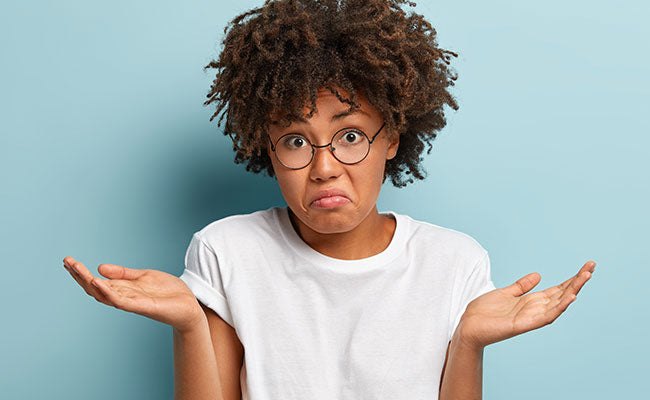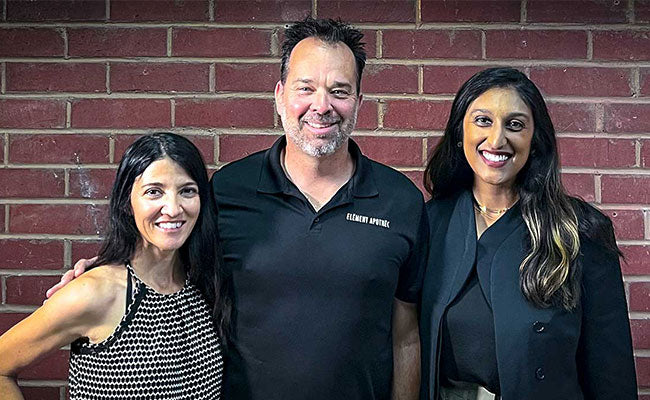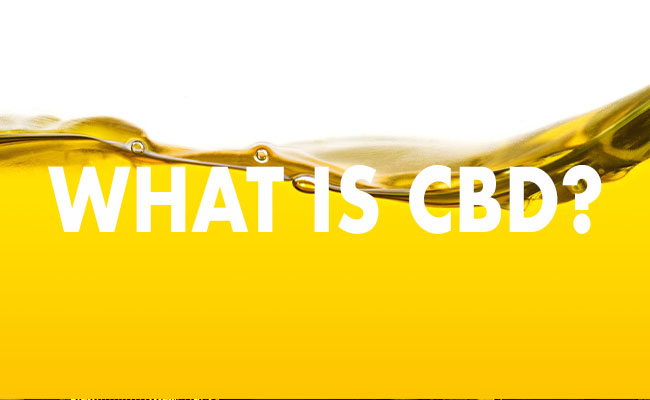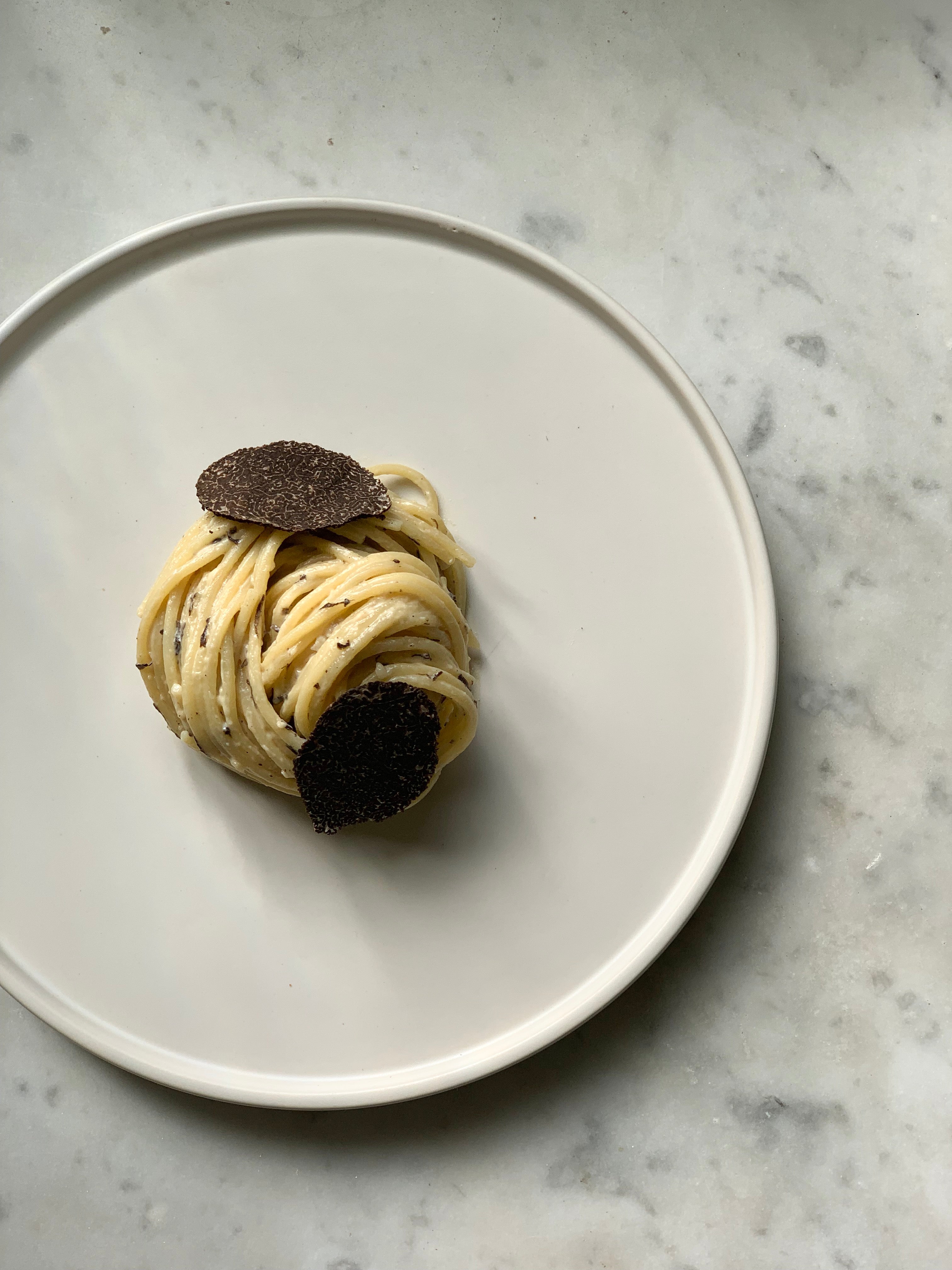
Cannabis and Society
WRITTEN BY GUEST CONTRIBUTOR, DR. STEPHANIE GAGLIONE
Through my career as a medical cannabis pharmacist, I have been exposed to the science demonstrating the plant’s medical benefits as well as the personal experiences from patients. As much as I learned, I am left with more questions than answers.
There are many passionate parties in the cannabis space, each eager to implement a cannabis program into the community in their own way. Cultural and emotional stories are deeply embedded in the topic of cannabis and its misrepresentation over the years. There are many opinions over who deserves to be involved in the education and regulation of the plant and how to best shape the re-entry of cannabis into our metaphorical medicine cabinet.
Most agree that a pharmacist should be involved. We are the medication experts within our currently accepted healthcare model, however, most of us have not been exposed to herbal medicine and the nuances that come with using polypharmaceutical plants like cannabis. Most drugs in a pharmacy contain a single active ingredient, often synthesized and/or extracted from a plant. The backbone of modern medicine has relied heavily on these isolated compounds, as it is much easier to obtain and apply data about their effects and how they may impact the human body. Even if pharmacists have not received extensive education on plant-based medicines, they are undoubtedly equipped with the skills to learn and apply credible data for patients and customers. In order to best take responsibility for this challenge, we can learn from the plant itself and from those who have worked with this plant despite its demonization in recent decades.
The entourage effect teaches us important lessons about the nature of plants: the function and effects of one compound varies based on the presence or absence of other compounds that exist naturally in the plant. A way to conceptualize and describe this phenomenon is by using a relatable metaphor.
Imagine you are spending time alone in your home, consider who you are, how you behave and what you do. You likely aren’t speaking as much, or altering your movements and decisions around consideration of anyone else. Now imagine your friend comes over. What might change regarding your behavior and expression? Maybe this friend loves music and that part of your personality is highlighted and amplified in some way. Then your coworker–with whom you enjoy having philosophical discussions–comes over. When your coworker arrives, maybe while you and your friend are still playing music, the part of you that relates to your coworker is now responding to their presence and you begin to think more analytically about how you are playing and the meaning behind the songs you have chosen to play.
The more people that enter the scene, the more variability is likely to be observed in your expression. With this analogy, we can also consider how complex your relationship is with other people in your life. You likely don’t only connect and relate to others through one shared interest like music and so the impact of their presence can be hard to track.
The entourage effect has proven to be beneficial in many aspects of using cannabis as a medicine, such as full spectrum products amplifying the pain relieving properties while decreasing undesirable side effects like anxiety.
In western cultures, we rely on the predictability and standardization of medicine to provide optimal care for our community. It can be frustrating and risky to deal with substances that are somewhat unpredictable and this lack of control could be a major reason we have shied away from using plant medicines in our society. The potentially inconsistent effects from one person to the next, and even sometimes day to day within the same person, is not ideal especially for those with more severe cases of disease and illness.
As a society, we are accustomed to being able to ask our doctor or pharmacist what we should take to obtain a specific measurable effect. It often takes a bit of trial and error to find the right fit for individuals who choose to try cannabis as a medicine. What may decrease anxiety for your friend, may amplify it for you. Furthermore, predicting the effects based on the composition of the plant may not always translate to an individual’s experience either. There can be variability from one batch of cannabis flower to the next, so sometimes re-buying the same strain might not work the same for you.
While standardization is evidently a major challenge in using cannabis as a medicine, I believe it also offers us a different approach to how we relate to our medicine and our health. During the trial and error period, it is possible that we recognize this time as a necessary stage in developing a relationship to the cannabis plant. We take our time getting to know it, how we interact and relate with it, so we can learn how to participate in a healthy reciprocal relationship. Rather than mirroring codependent relationship dynamics– in which we expect our medicine to give us something without any responsibility or participation on our end to achieve this desired outcome–what if we commit to participate in a reciprocal exchange? Would we be willing to offer our presence, time and attention to the plant and learn how to work with it to achieve desirable effects?
As pharmacists, we are not unfamiliar with the many methods of administration we can choose to use a drug and other medicinal substances. We often think critically about the different dosage forms we can prepare to best target the site of action as well as how to minimize any unnecessary risks and side effects–but in this process, we often dismiss potential benefits obtained from less invasive modalities like homeopathy and flower essences. For background, these modalities use negligible amounts of active material to produce relief and resolve. They may not meet certain criteria for credibility in the scientific community however there are many supporters of these modalities despite criticism and contradictions to our modern medical practices. Looking to less invasive modalities such as these could provide a lower risk option for patients. Some diseases stem from a purely physical root cause whereas others may have a somato-emotional component or psycho-spiritual cause; both require a compatible intervention.
There are many ways we can receive healing benefits from a plant, some of which do not require ingestion or direct application. Plants are living things and some cultures more easily recognize the spirit/life that dwells within them. When we choose to participate in a relationship with a plant we often receive many benefits that span across psychological, ecological, and physiological relief. We can obtain insight and wisdom regarding the source of our dysfunction through the cultivation of a relationship with a plant-based teacher. Developing a relationship with the cannabis plant could maximize its overall benefit.
There is so much to be excited about for future developments. While there is still a lot to flesh out in this reintegration process, learning from the cannabis plant and its history helps us realize the needed collaboration to benefit everyone moving forward.
References:
-
Sabaghi D. A brief history of the false myth about cannabis as a gateway drug. Forbes. https://www.forbes.com/sites/dariosabaghi/2021/12/07/a-brief-history-of-the-false-myth-about-cannabis-as-a-gateway-drug/?sh=5cff13081dec.
-
Russo EB. Taming THC: Potential cannabis synergy and ... Wiley Online Library. https://bpspubs.onlinelibrary.wiley.com/doi/full/10.1111/j.1476-5381.2011.01238.x.
-
Lienau F. Why do cannabinoids not show consistent effects as analgetic drugs in multiple sclerosis? Wiley online library. https://onlinelibrary.wiley.com/doi/full/10.1111/j.1468-1331.2007.01903.x.
- Schwabe AL, McGlaughlin ME. Genetic tools weed out misconceptions of strain reliability in Cannabis Sativa: Implications for a budding industry - journal of cannabis research. BioMed Central. https://jcannabisresearch.biomedcentral.com/articles/10.1186/s42238-019-0001-1.
-
MacCallum CA, Russo EB. Practical considerations in Medical Cannabis Administration and dosing. European Journal of Internal Medicine. https://www.sciencedirect.com/science/article/abs/pii/S0953620518300049.
- Loudon I. A brief history of homeopathy. Journal of the Royal Society of Medicine. 2006;99(12):607-610. doi:10.1177/014107680609901206
-
Li F-S, Weng J-K. Demystifying traditional herbal medicine with modern approach. Nature News. https://www.nature.com/articles/nplants2017109.
-
Burkhardt MA. Healing relationships with nature. Complementary Therapies in Nursing and Midwifery. https://www.sciencedirect.com/science/article/abs/pii/S1353611799904389.
–
Dr. Stephanie Gaglione is a cannabis pharmacist and health & wellness coach. She is guest contributor this month on the Element Apothec Blog.










